- Jawline Treatment with Hyaluronic Acid
- Chin Augmentation for Harmonious Facial Features
- Lip Augmentation
- The Russian Lips (Doll-Lips) Technique with Hyaluronic Acid
- Effective Non-Surgical Rhinoplasty: Hyaluronic Acid Application
- Hyaluronic Acid Injection for Nasolabial Folds
- Remove Dark Circles, Tear Troughs & Eye Bags
- Cheek Augmentation – Cheekbone Injections
Inhalt des Beitrags
Causes of Hyaluron Slippage
Hyaluronic acid slippage can have various causes, including insufficient technique or incorrect dosage during injections. A common cause is incorrect injection technique. If hyaluronic acid is not injected correctly, it can distribute unevenly in the tissues, leading to swelling or lumps.
Dosage also plays a crucial role: too much filler can cause the product to slip under the skin and impair the aesthetic effect. Furthermore, insufficient aftercare, such as avoiding pressure on the treated areas, can also increase the risk of the hyaluronic acid not staying in place.
Natural Factors Influencing Slippage
Individual skin texture and type have a significant influence on the behavior of hyaluronic acid in the body. People with thin or very elastic skin are more prone to filler slippage, as the stability of the injected substance can be compromised. Age also plays a role: with increasing age, the skin loses elasticity, which increases the likelihood of hyaluronic acid slipping during injection. Hormonal fluctuations, which occur, for example, during menstruation or pregnancy, can also affect the behavior of hyaluronic acid in the tissue. Finally, genetic factors can play a role in how easily hyaluronic acid migrates in certain areas of the face, such as the tear trough or upper lip.
How to Reduce the Risk
To minimize the risk of hyaluronic acid slippage, patients should only consult experienced and qualified doctors. A thorough preliminary examination and consultation before treatment are essential to identify potential risks. After the injection, it is important to follow certain behavioral rules, such as avoiding pressure on the treated areas and not touching the lips or face. In addition, sufficient hydration after treatment can help promote the stability of the hyaluronic acid and optimize the results. Aftercare, possibly with Hylase, is also recommended to extend the durability of the treatment and avoid undesirable effects such as swelling or lumps.
Hyaluron slipped?
Are you dissatisfied with your results or would you like to reverse a previous treatment?
How Can Slipped Hyaluronic Acid be Reversed?
Steps to Correct Hyaluron Injections
If hyaluronic acid has slipped, Hylase treatment is an effective solution. The first step is to schedule a detailed consultation with a qualified doctor to determine the best course of action. During the treatment, Hylase, an enzyme that dissolves hyaluronic acid, is injected directly into the affected tissue. This injection causes the hyaluronic acid to break down within a few hours, which can resolve swelling and unwanted lumps in areas such as the upper lip or tear trough.
It is important to precisely control the dosage of Hylase, as too high or incorrect a dosage can cause undesirable effects during the injection. In some cases, it may be necessary to perform the treatment multiple times to achieve the desired aesthetic result.
Long-term Solutions and Prevention
To prevent future filter slippage, long-term solutions should be considered. The choice of the right products and techniques is crucial; high-quality hyaluronic acid, specifically developed for the respective application area, can significantly reduce the risk. Patients should regularly consider follow-up treatments to increase the stability and durability of the results with fillers. Open communication with our treating doctors about individual skin conditions and possible risks is also important. In addition, complementary treatments, such as strengthening connective tissue, can help promote the stability of the injected substance. Such preventive measures ensure that the hyaluronic acid not only looks aesthetically pleasing but also remains stable in the long term.
Before and after Results of a Hylase Treatment
The Hylase treatment, also known as the Hylase treatment, is an effective procedure for dissolving hyaluronic acid, which is used, for example, in lip augmentation. With this Hylase injection, the hyaluronic acid is quickly broken down, minimizing undesirable effects such as bruises or hematomas. Before Hylase treatment, patients who have had lips injected can begin to dissolve hyaluronic acid to achieve the desired result.
In aesthetic surgery, the injection of Hylase is a proven approach to specifically work on contours in the face, such as the cheekbone or chin. An experienced doctor should perform the procedure to ensure that the hyaluronic acid in the upper lip and under the eyes is optimally dissolved. Thanks to these procedures, patients who want to have their lips augmented feel well cared for and can trust the expertise of our doctors.
Hylase treatments at our locations
Book an appointment for a Hylase treatment at one of our practices now:
Examples of Regions where Hyaluronic Acid Can Slip
Lips
The lips are one of the most common regions where hyaluronic acid is injected to create volume and improve contour. However, due to high mobility and thin skin, these areas are particularly susceptible to problems. If the hyaluronic acid is not injected precisely, it can distribute unevenly or even slip, leading to undesirable shapes, swelling, or lumps. Insufficient aftercare, such as touching the lips or using certain lip care products, also increases the risk of complications. Patients should be advised after treatment not to strain their lips and to pay attention to hygiene to minimize the risk of undesirable effects and optimize the results of lip augmentation.
Jawline
The jawline is a popular target for hyaluronic acid injections for facial contouring, similar to the cheekbone. Here, it is particularly important to use the correct technique, as the jawline represents a striking and defined structure. Incorrect injection or inappropriate dosage can cause the hyaluronic acid to migrate to unwanted areas, which can make the face appear unnatural and asymmetrical. The selection of the appropriate hyaluronic acid is also crucial, as different products have different consistencies. Precise injection technique and extensive experience are necessary to achieve a harmonious result and minimize the risk of the filler slipping in the jawline. With poor technique, swelling or hematomas can occur, which impairs the aesthetic effect of the treatment, especially with injections.
Chin
The chin is another region where hyaluronic acid is used to improve facial proportions, similar to the cheekbone. Similar to the jawline, migration or slippage of hyaluronic acid can also occur here if the injection technique is not performed correctly. The shape of the chin can be significantly changed by hyaluronic acid, but this should be done carefully to maintain a natural appearance. Inaccurate technique can lead to the hyaluronic acid being distributed into the wrong areas, resulting in a disproportionate face shape. Therefore, thorough consultation and planning before treatment are essential to achieve the best aesthetic results and avoid complications such as swelling or lumps.
“As a doctor at Aesthetiqua, I understand that slipped hyaluronic acid can be unsettling. But the good news is: in most cases, the result can be reversed precisely and safely. A patient recently came to us, concerned about a slight displacement of hyaluronic acid in her lip area. With a special hyaluronidase treatment, we were able to gently dissolve the substance and quickly restore the natural shape. This procedure is low-pain and usually brings immediate relief. Our doctors are experienced and specialized in correcting such treatments. So do not hesitate to contact us – we are here to help you achieve the desired result and feel comfortable again.”

ARZT BJÖRN FREY
Doctor
FAQ
Frequently Asked Questions about: Hyaluron Slips
Is there a way to reverse slipped hyaluronic acid?
Yes, it is possible to dissolve slipped hyaluronic acid with hyaluronidase, also known as Hylase. The treating doctor can inject Hylase directly into the hyaluronic acid product to correct the result.
What role does the doctor play in hyaluronic acid treatment?
The treating doctor plays a crucial role, as the application technique and the choice of the right hyaluronic acid product are decisive for the result. An experienced doctor can also avoid possible complications such as vascular occlusion.
How quickly are the results visible after treatment?
Generally, the results are visible immediately after treatment. However, it may take a few days for the final results to become visible, as the skin needs to adapt to the treatment.
What aftercare measures are important after the treatment?
After the treatment, it is important not to massage or heavily strain the treated region. In addition, direct sun exposure and intense physical activities should be avoided for a few days to achieve the best result.
Can Hyaluronidase also be used in an emergency?
Yes, the use of Hylase in an emergency is possible, for example, if a hyaluronic acid treatment shows unexpected results. In such cases, the patient should immediately consult a specialized doctor.
Is it possible to dissolve hyaluronic acid again?
Yes, Hylase can be used to dissolve hyaluronic acid that has not achieved the desired effect. This allows for a quick correction of aesthetic imperfections, especially in hyaluronic acid treatment.
03
Feb

ARZT BJÖRN FREY


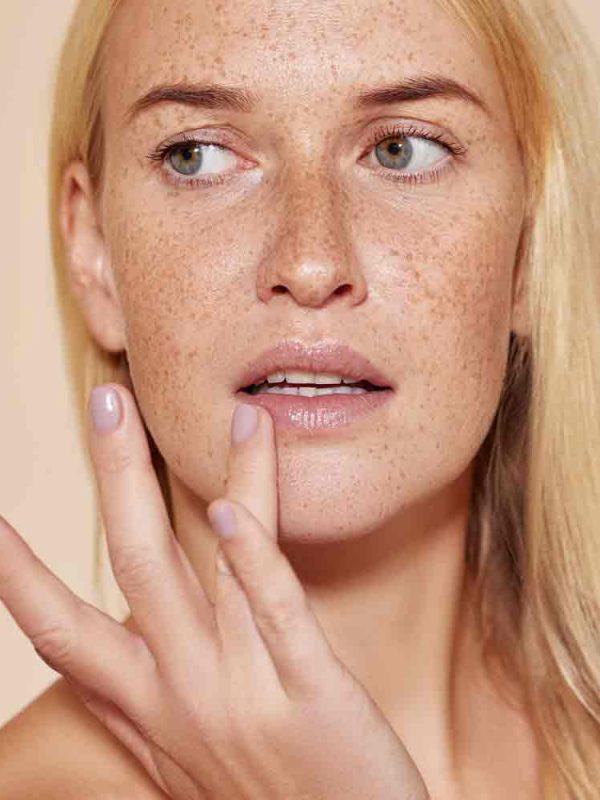

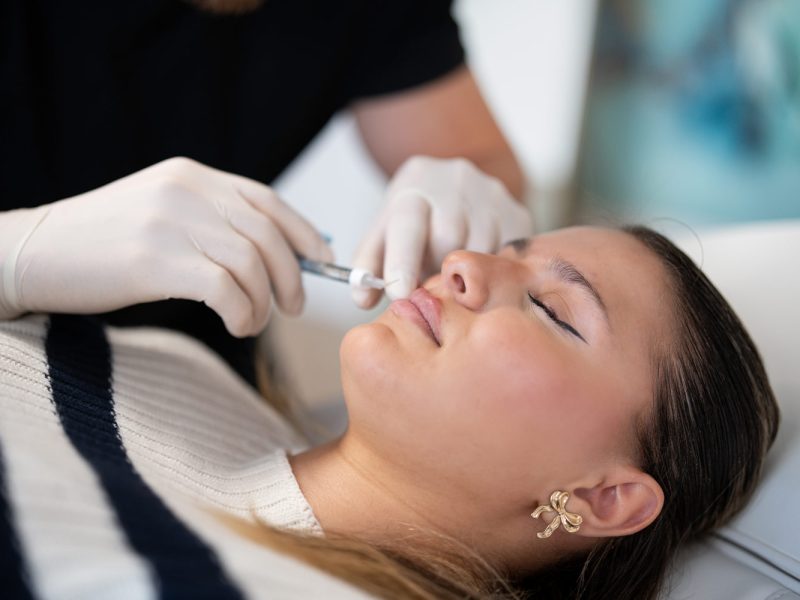
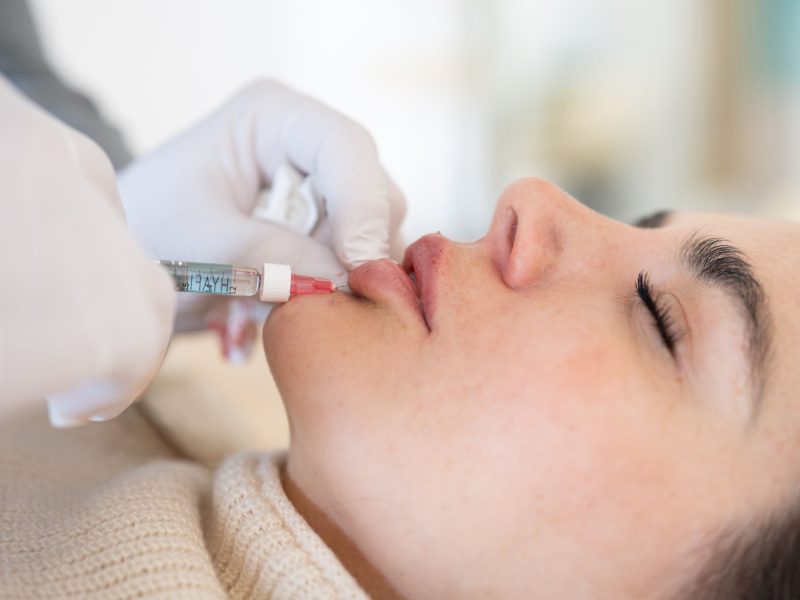
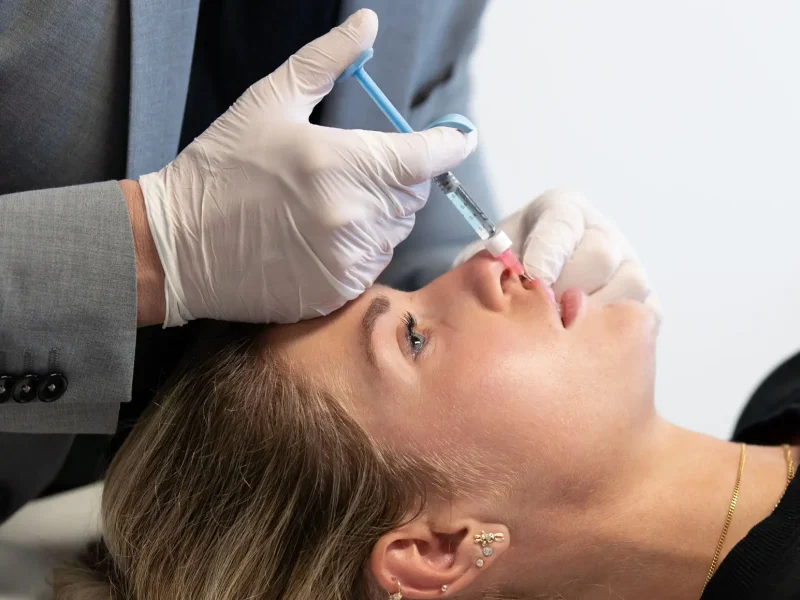

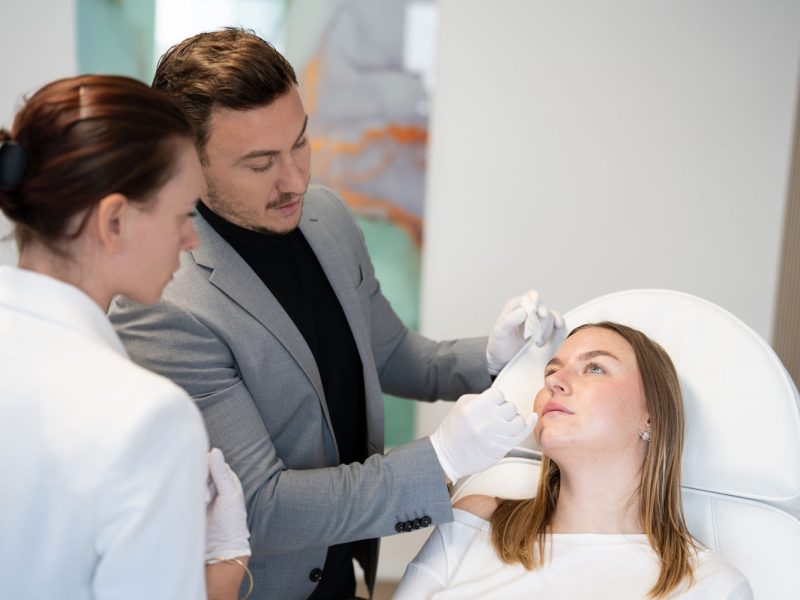
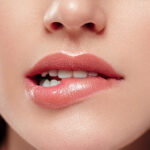 Lip Augmentation
Lip Augmentation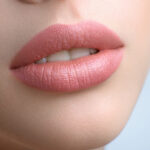 The Russian Lips (Doll-Lips) Technique
The Russian Lips (Doll-Lips) Technique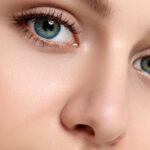 Effective Non-Surgical Rhinoplasty
Effective Non-Surgical Rhinoplasty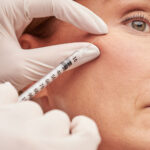 Cheek Augmentation – Cheekbone Injections
Cheek Augmentation – Cheekbone Injections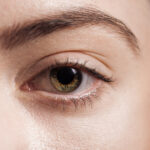 Remove Dark Circles, Tear Troughs & Eye Bags
Remove Dark Circles, Tear Troughs & Eye Bags Chin Augmentation
Chin Augmentation Jawline Treatment
Jawline Treatment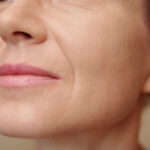 Nasolabial Folds
Nasolabial Folds Remove Forehead Wrinkles
Remove Forehead Wrinkles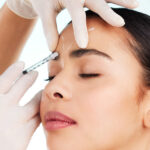 Remove Frown Lines
Remove Frown Lines Remove Crow’s Feet
Remove Crow’s Feet Reduce Neck Wrinkles
Reduce Neck Wrinkles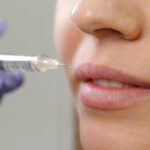 Lip Flip with Botox®
Lip Flip with Botox® Remove Bunny Lines
Remove Bunny Lines Botox® Treatment against Sweating
Botox® Treatment against Sweating Botox® for Teeth Grinding
Botox® for Teeth Grinding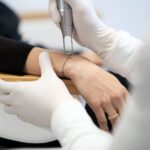 Tattoo Removal with Laser
Tattoo Removal with Laser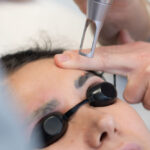 Remove Permanent Makeup
Remove Permanent Makeup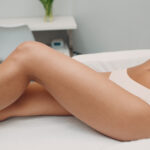 Permanent Laser Hair Removal
Permanent Laser Hair Removal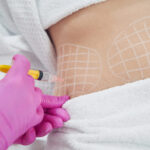 Fat-Away Injection
Fat-Away Injection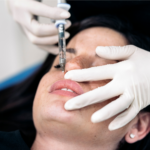 Hylase | Dissolve Hyaluronic Acid
Hylase | Dissolve Hyaluronic Acid Polynucleotide Treatment | PhilArt
Polynucleotide Treatment | PhilArt